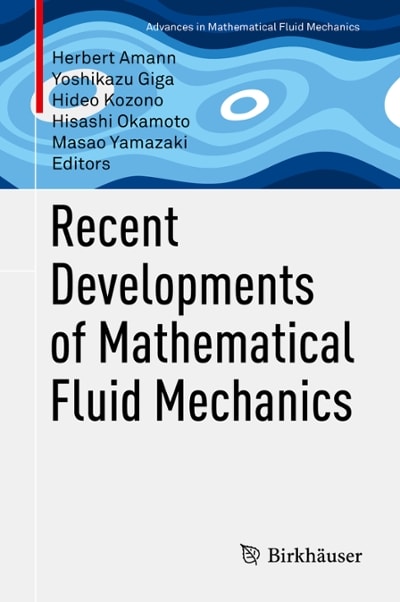Answered step by step
Verified Expert Solution
Question
1 Approved Answer
A farm cooperative has asked you to design an experiment that measures the effects of light exposure on the growth of tulips in the Skagit
A farm cooperative has asked you to design an experiment that measures the effects of light exposure on the growth of tulips in the Skagit Valley of Washington State. You hypothesize that tulips exposed to more direct light will grow at a faster rate than those exposed to less light. You also wonder whether the effects of light exposure persist when you control for the amount of moisture the plants receive. You want to create a randomized comparative design that considers three factors with the following levels: Amount of Light Exposure (0 hours a day, 3 hours a day, 6 hours a day, 9 hours a day) Amount of Moisture Exposure (1 hour a day, 3 hours a day, 5 hours a day) You have 100 seedling plants at each of 12 different nurseries to use in your experiment. Your experiment should run six months in length. Outline the details of your experiment. How many subgroups would you need to complete the experiment? Describe a strategy for randomization that fulfills your previous answer: Discuss what might be a possible response variable. In addition, you should identify at least one confounding variables and discuss a method of controlling for one of this variable
Step by Step Solution
There are 3 Steps involved in it
Step: 1

Get Instant Access to Expert-Tailored Solutions
See step-by-step solutions with expert insights and AI powered tools for academic success
Step: 2

Step: 3

Ace Your Homework with AI
Get the answers you need in no time with our AI-driven, step-by-step assistance
Get Started


